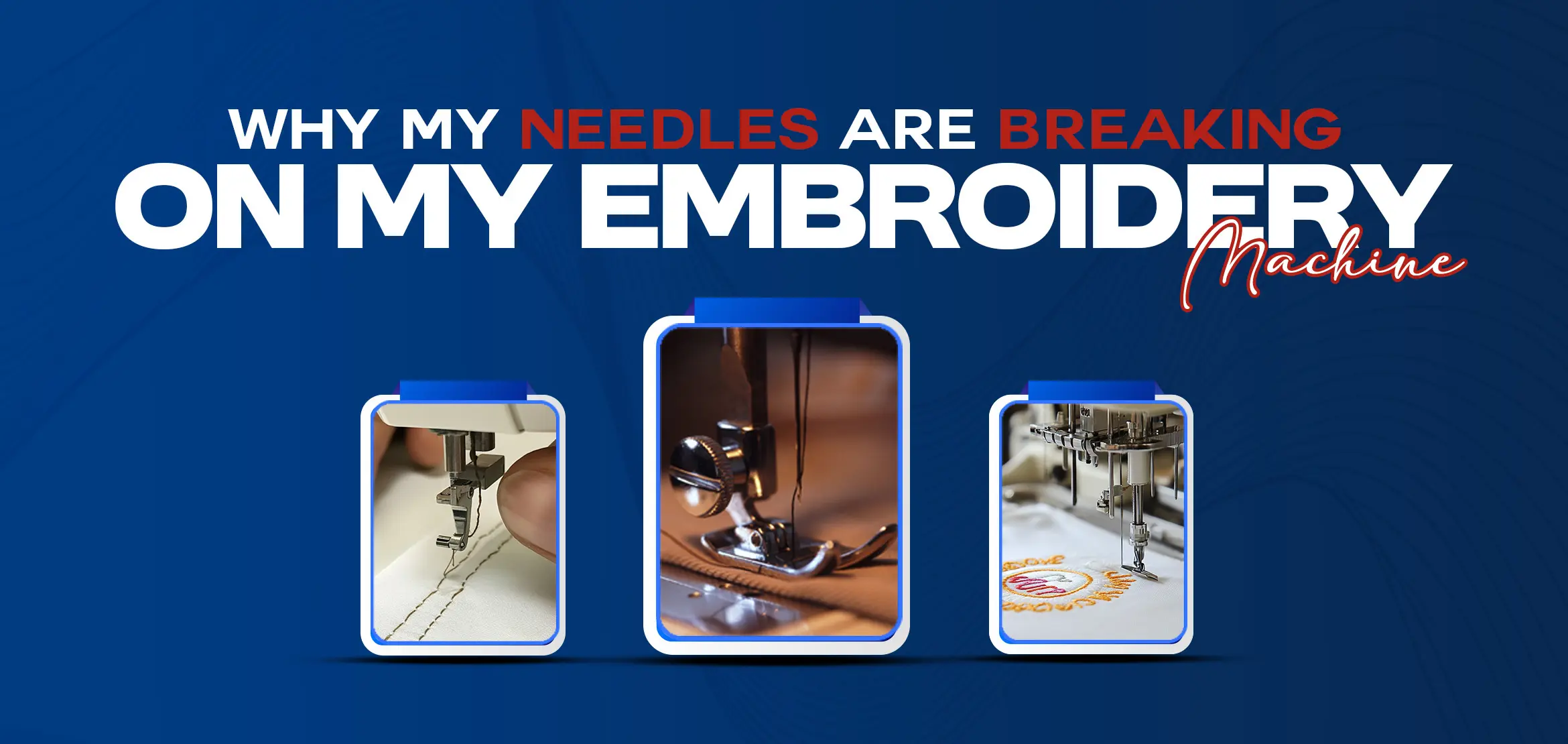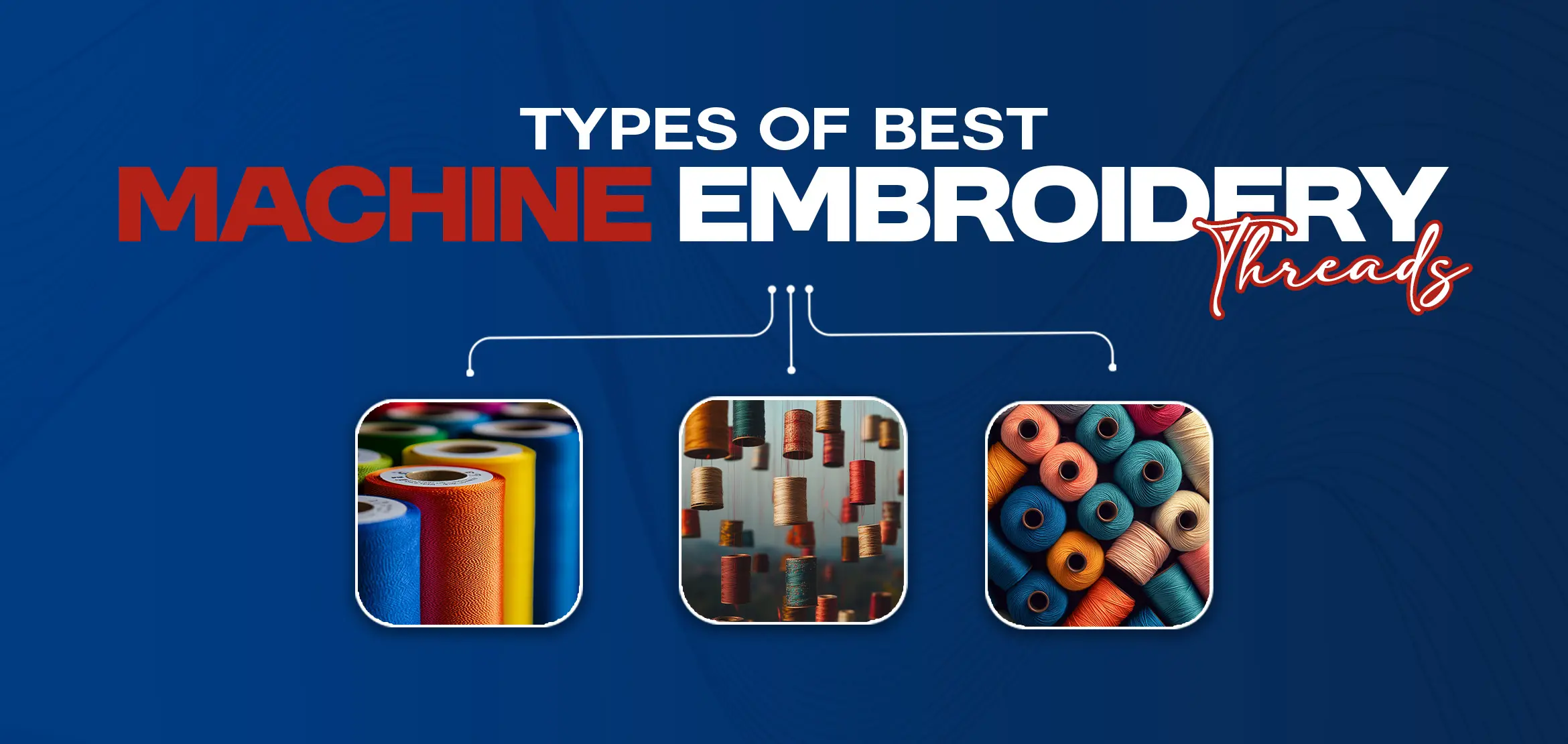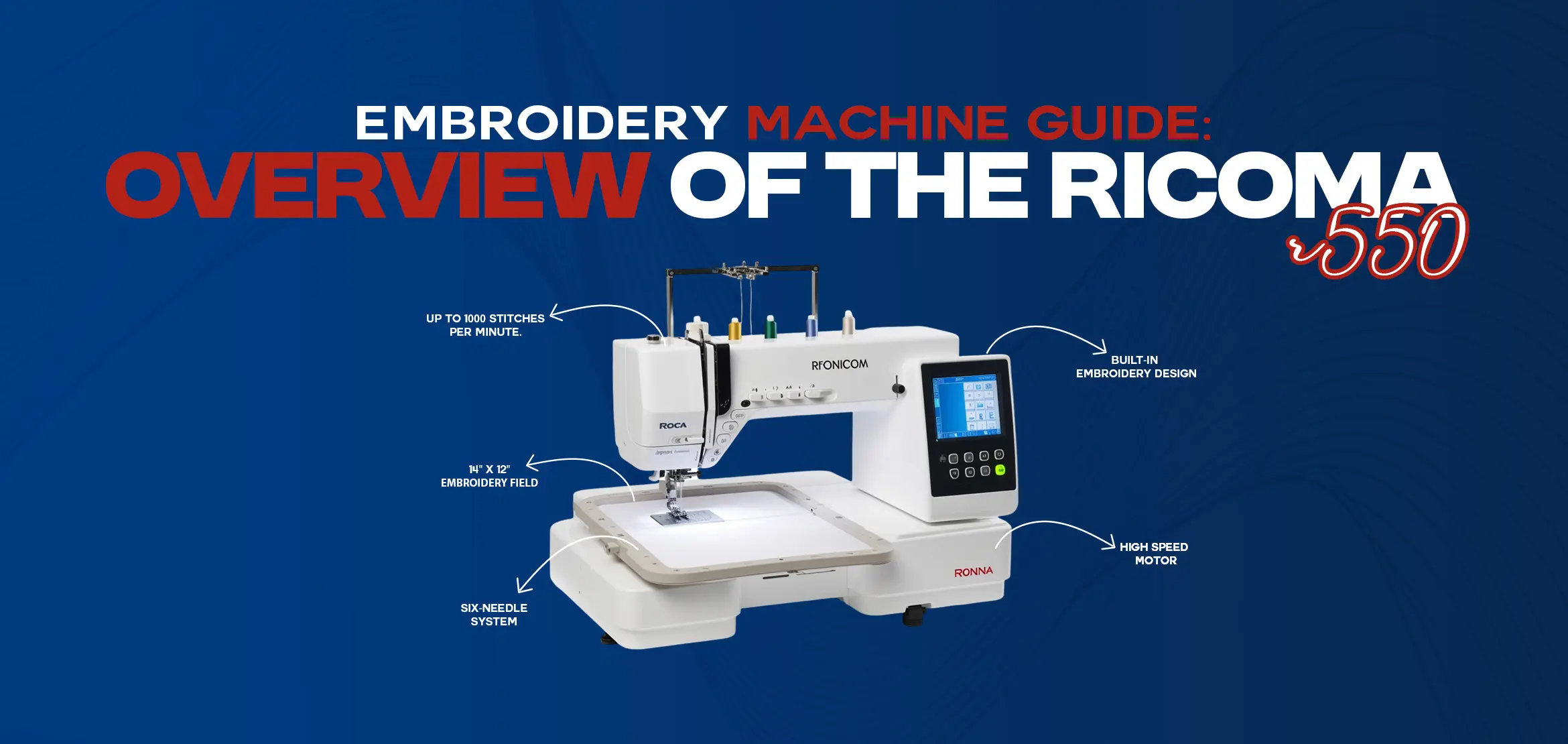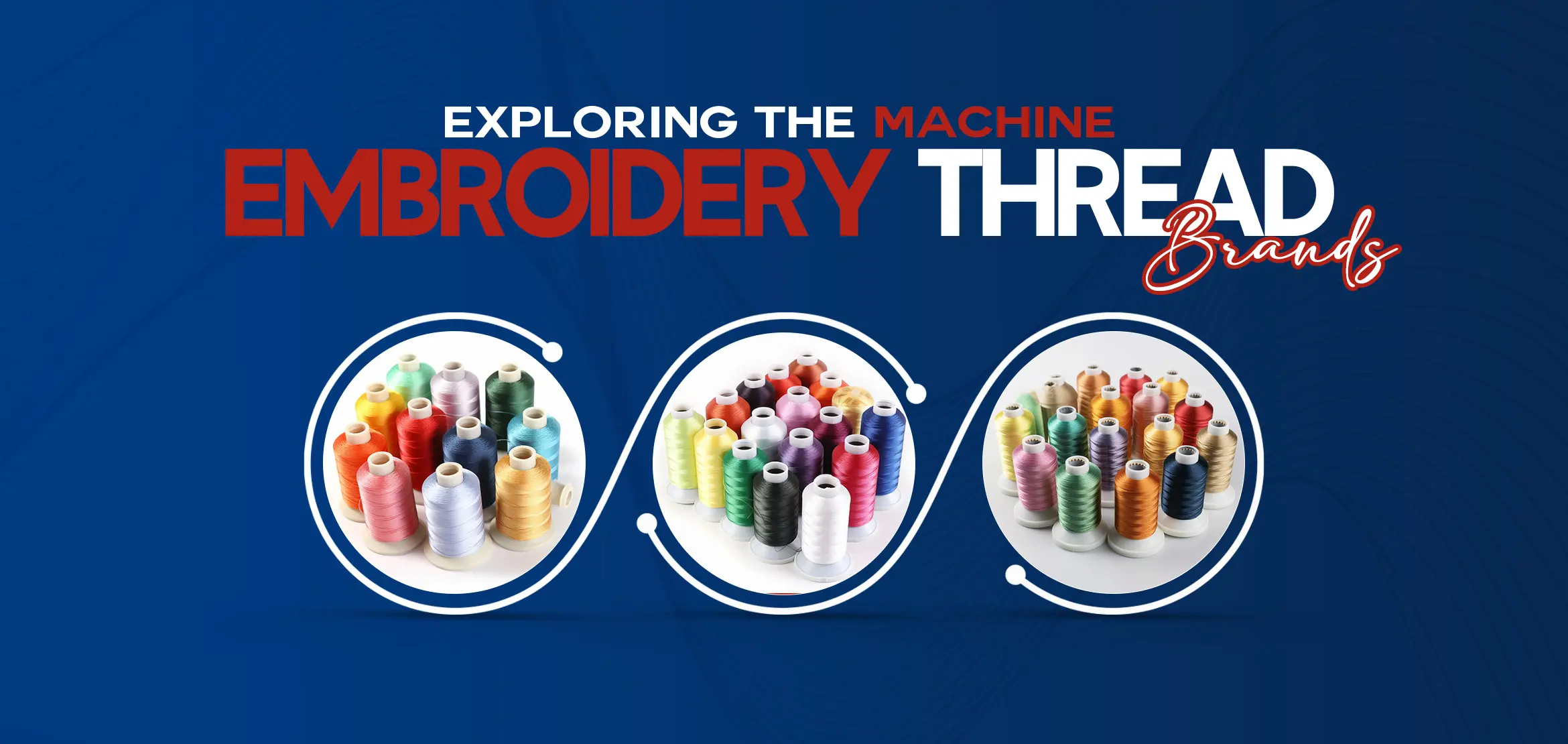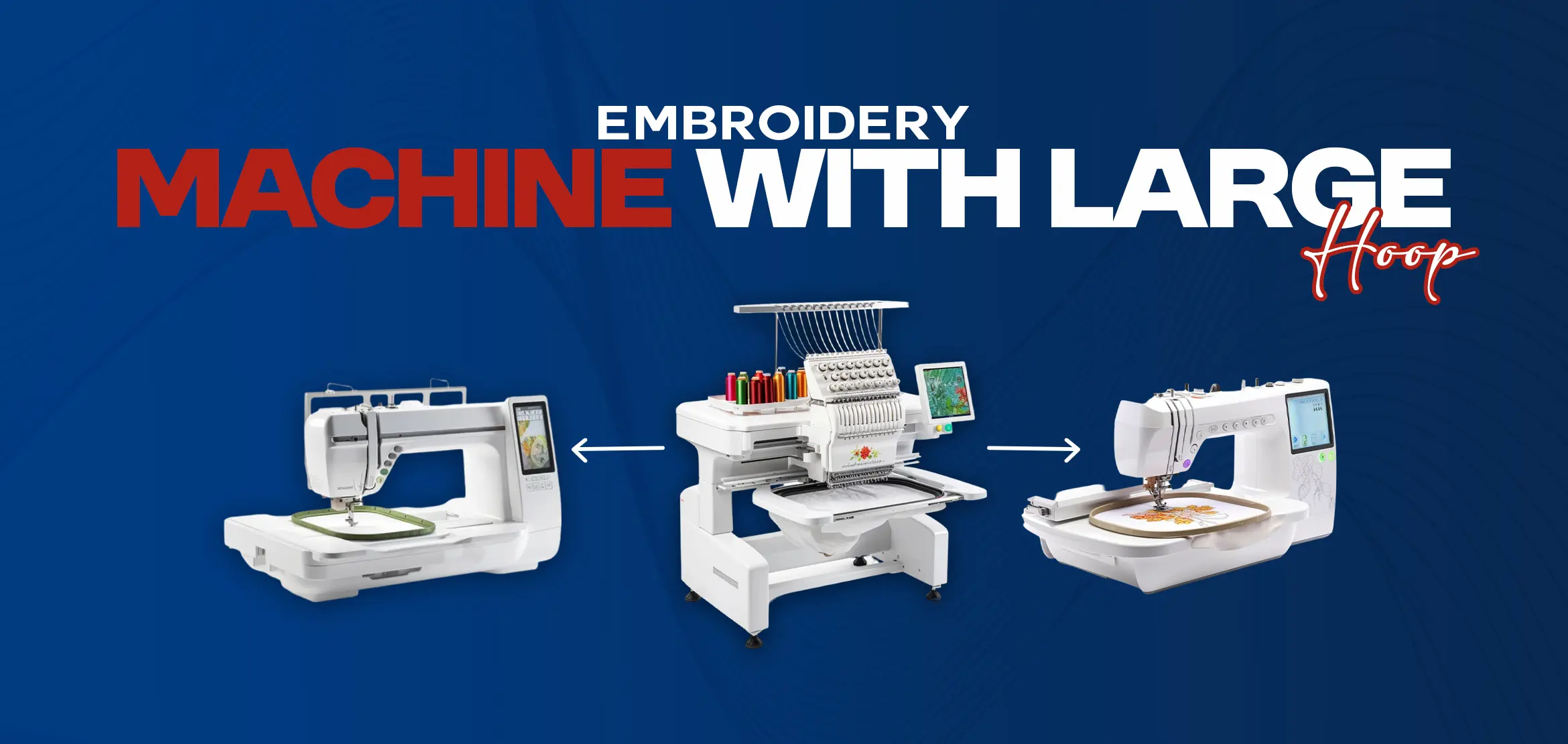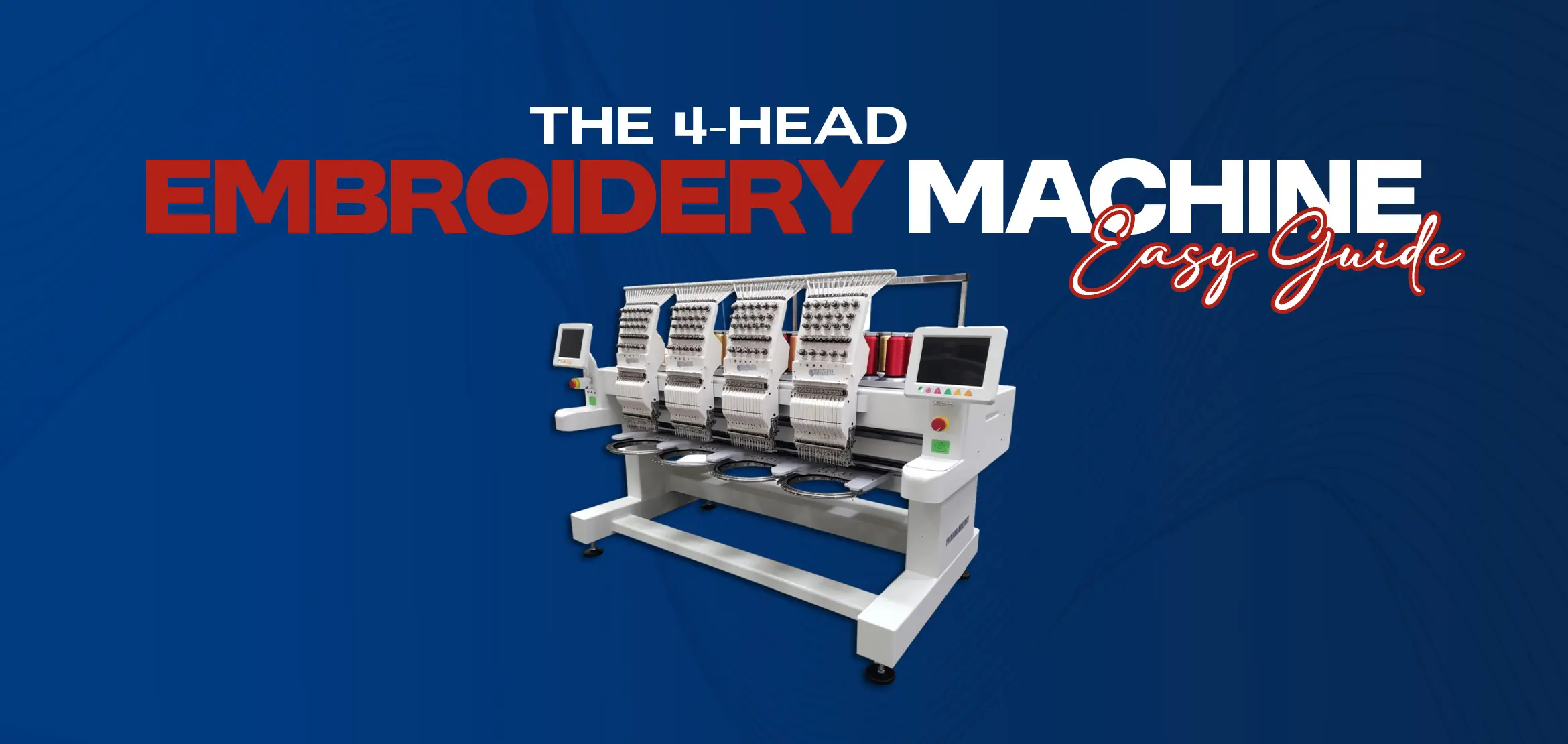
Beginner Guide: How to Use Wilcom Thread Color Chart
Table Of Content
- Using Wilcom's Thread Color Chart
- Understanding the Wilcom Thread Color Chart: Color Families and Shades
- Blue Family
- Yellow Family
- The Benefits of Using the Wilcom Thread Color Chart in Your Embroidery Business
- Time Savings
- Superior Quality
- Improved Efficiency
- How to Use the Wilcom Embroidery Thread Conversion Chart to Expand Your Thread Options and Save Money?
- Get Familiar with the Color Chart
- Maximize Savings
- Stuck with Wilcom's Color Chart? Digitizing USA Has Your Back
- How to Create Your Custom Color Chart Using Wilcom Thread Colors?
- Selecting Colors
- Using Your Color Chart
- Conclusion
Choosing the right colors for your embroidery project can be tricky, and it can be difficult to learn how to use Wilcom's thread color chart. With our help, you can quickly identify the best colors for your designs and expertly use the Wilcom thread color chart. In this blog, you'll get a brief look at what a thread color chart is and how it works. We'll provide step-by-step explanations of how to use the color chart correctly and tips on how to mix colors and create unique designs. So whether you're an experienced embroiderer or just starting, you can easily learn how to use Wilcom's thread color chart with the help of this blog. Wilcom thread color chart is a helpful tool for ensuring that your embroidery projects look their best. With it, you can match a wide selection of colors to your project and be confident that the hues will turn out as expected. Using the chart is easy; compare the color swatches of your thread with the pre-printed swatches on the chart. For example, if you want to match a navy blue shade, you only have to find the closest navy blue swatch on the chart. Once you do that, you can find your desired thread using the number printed next. It is also easy to buy threads if you know how to use the Wilcom thread color chart. Most stores will carry Wilcom's line of threads and be able to reference the color chart when helping customers find what they need. This can save time and stress when selecting colored threads for an upcoming project. Using the Wilcom thread color chart to select the perfect color for your next embroidery project is easy once you understand the basics of color families and shades. Wilcom's thread color chart divides most color categories into two families: blue and yellow. The blue family includes a range of colors from sky blue to navy blue, with different shades and values making up each one. This family is particularly useful for creating garments that have a cool, calming feel. Some examples of blue hues in the Wilcom thread color chart are sky blue, steel blue, royal blue, and navy blue. The yellow family includes everything from mellow yellows to vibrant yellows. Whether you're looking for a warm hue for your beachwear project or a bright hue for your home decor items, there's sure to be an appropriate shade in this family. Some examples of yellow colors in Wilcom's thread color chart are maize yellow, goldenrod yellow, sunflower yellow, and anise yellow. By understanding the two core families of colors found in Wilcom's thread color chart, blue and yellow, you can easily identify which hues will work well with your chosen fabric or material. Due to the diverse range of shades in each category, you're guaranteed to find something that perfectly suits your project. Using the Wilcom thread color chart to choose the right thread color for your embroidery designs has major benefits. The Wilcom thread color chart lets you quickly reference a wide selection of threads to find the perfect match for your project. In addition, when using the Wilcom software, simply clicking on a color block will bring up the exact name and code of that shade of thread and even specify what brand it is, so you know exactly what you are ordering. You can trust that your embroidery designs made with threads from the Wilcom color chart will be superior in quality. All threads in the chart pass through tests to ensure they will maintain their shine over time and will not change when shown to different heat levels or any other unfavorable situations that could ruin your design. Wilcom's advanced thread color printing technology makes reviewing thousands of shades easier and quickly approved online. The user-friendly interface helps you to get approvals faster, as sometimes a visual representation of a design is much easier to show than explain in words. You may not have known it, but Wilcom embroidery thread conversion chart can be a great tool to help you expand your thread options and save money. You can easily use the thread conversion chart to convert from one thread brand to another; this means you can stick with the same color while getting a different brand at a better price. The Wilcom thread color chart is user-friendly and easy to understand. It features over 500 colors, divided into shades determined by Hue, Value, and Chroma; essentially, this provides you with an exact color match for each project. Using the Wilcom thread color chart to compare similar thread brands will save you time, effort, and money in the long run. Not only will you be able to find cheaper threads that match your desired color but you'll also be able to compare multiple brands at once without having to search for them individually. If you're struggling to manage Wilcom’s color chart or feel completely stuck, don’t stress. Digitizing USA is here to help. We offer professional and custom embroidery digitizing services across the USA at affordable prices. You don't need to master every color code or invest in expensive software. Simply send your design to Digitizing USA, and our expert team will handle the technicalities while ensuring high-quality, precise results. Want to create your custom color chart for your specific projects? No problem.Wilcom gives you a great solution for their thread color chart. The Wilcom thread color chart is easy to use and provides the perfect way to describe the exact colors you have in mind for any project you may be working on. Here's a quick guide on how to use it: Select the colors you want to use in your project to get started. You can do this by clicking on the appropriate yarn texture and selecting the colors from the palette. Once you've selected your colors, note the code link with each color so you can easily refer to it later. Now that you have your custom color chart, it's time to start using it for whatever project you are working on. Start by referring to the palette of colors provided in the chart and then match them up with what is represented in real-life applications. With this information, you can be confident that whatever project is at hand will turn out perfectly, it's just that easy. So instead of spending hours navigating color charts, let Digitizing USA take care of it for you. We're committed to delivering sharp, production-ready digitized embroidery files that meet your exact needs, efficiently and affordably. You now have a thorough understanding of the Wilcom thread color chart, and you're ready to start exploring the amazing range of colors it can offer. Whether using a design application, customizing patterns on an embroidery machine, or just looking for the most accurate way of matching colors, Wilcom's thread color chart is essential. The key to making the most of this tool is to take the time to understand what each part of it means, even for digitization for embroidery. With this guide, you can quickly and easily identify the perfect color match for any project. And now that you know how to use Wilcom's thread color chart, nothing can stop you from creating beautiful designs and making your projects stand out.Using Wilcom's Thread Color Chart
Understanding the Wilcom Thread Color Chart: Color Families and Shades

Blue Family
Yellow Family
The Benefits of Using the Wilcom Thread Color Chart in Your Embroidery Business

Time Savings
Superior Quality
Improved Efficiency
How to Use the Wilcom Embroidery Thread Conversion Chart to Expand Your Thread Options and Save Money?
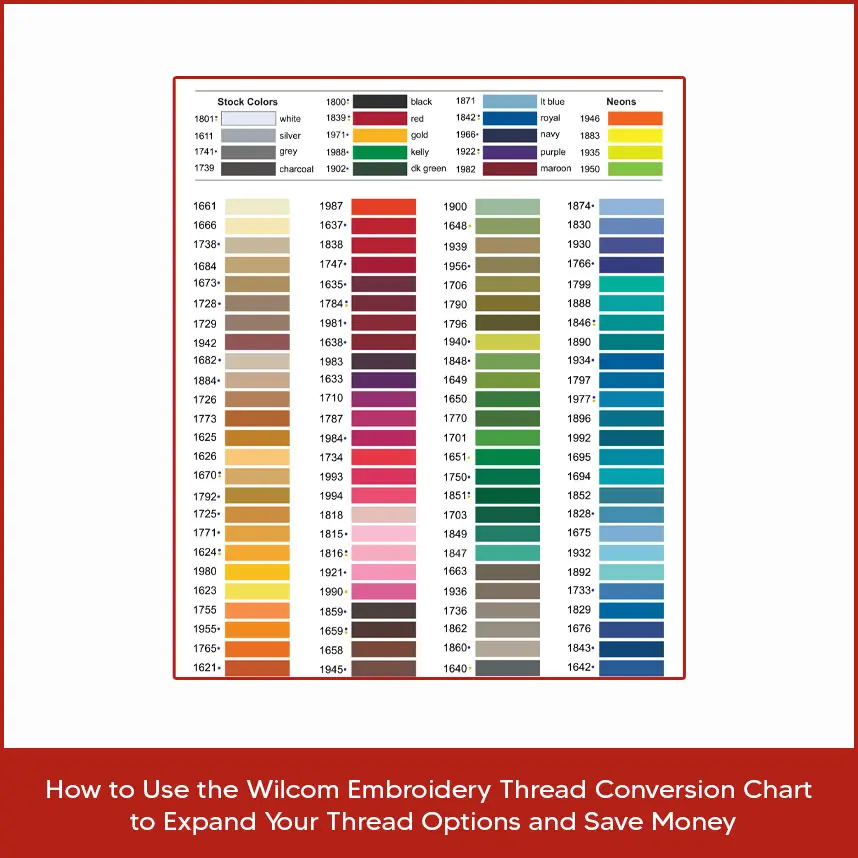
Get Familiar with the Color Chart
Maximize Savings
Stuck with Wilcom's Color Chart? Digitizing USA Has Your Back
How to Create Your Custom Color Chart Using Wilcom Thread Colors?

Selecting Colors
Using Your Color Chart
Conclusion


